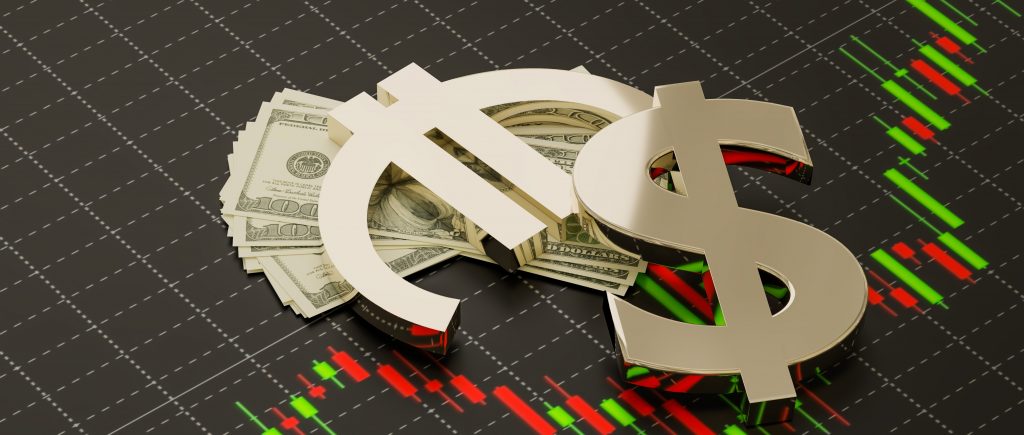The EUR/USD fell to 1.0786 at the time of writing after initially climbing to 1.0880. US manufacturing PMIs revealed better than anticipated outcomes. Following the announcement, the US Dollar Index and Treasury rates both dramatically increased.
The USD changed direction in response to stronger Institute for Supply Management (ISM) PMIs following the release of a mixed Nonfarm Payrolls data that showed employment increasing faster than anticipated, wages decelerating, and the unemployment rate climbing above expectations in August.
The manufacturing index increased more than anticipated but came in at 47.6 instead of the anticipated 47, indicating that the industry is still in a contractionary phase. At 48.5, the Employment Index outperformed expectations, which were for 44.2.
After the NFPs, the USD’s DXY index fell to 103.27, but it rose to 104.22 after the better-than-expected PMI. US yields likewise had their lowest level of volatility since August 10 but recovered some losses. The drop in yields suggests that investors are wagering against a Federal Reserve (Fed) increase this year.
After increasing by almost 50% this week, the possibility of a 25 basis point hike decreased to around 35% in November and December. The USD’s upside is constrained as long as investors keep betting that there won’t be any rate hikes for the rest of 2023, which is how investors will continue to model their expectations for the forthcoming meeting on September 20.
The EUR/USD shows a gloomy picture for the near term on the daily chart. It is also lower below both the 20,100 and 200-day Simple Moving Averages (SMAs), suggesting strengthening bearish momentum.

 Noor Trends News, Technical Analysis, Educational Tools and Recommendations
Noor Trends News, Technical Analysis, Educational Tools and Recommendations




